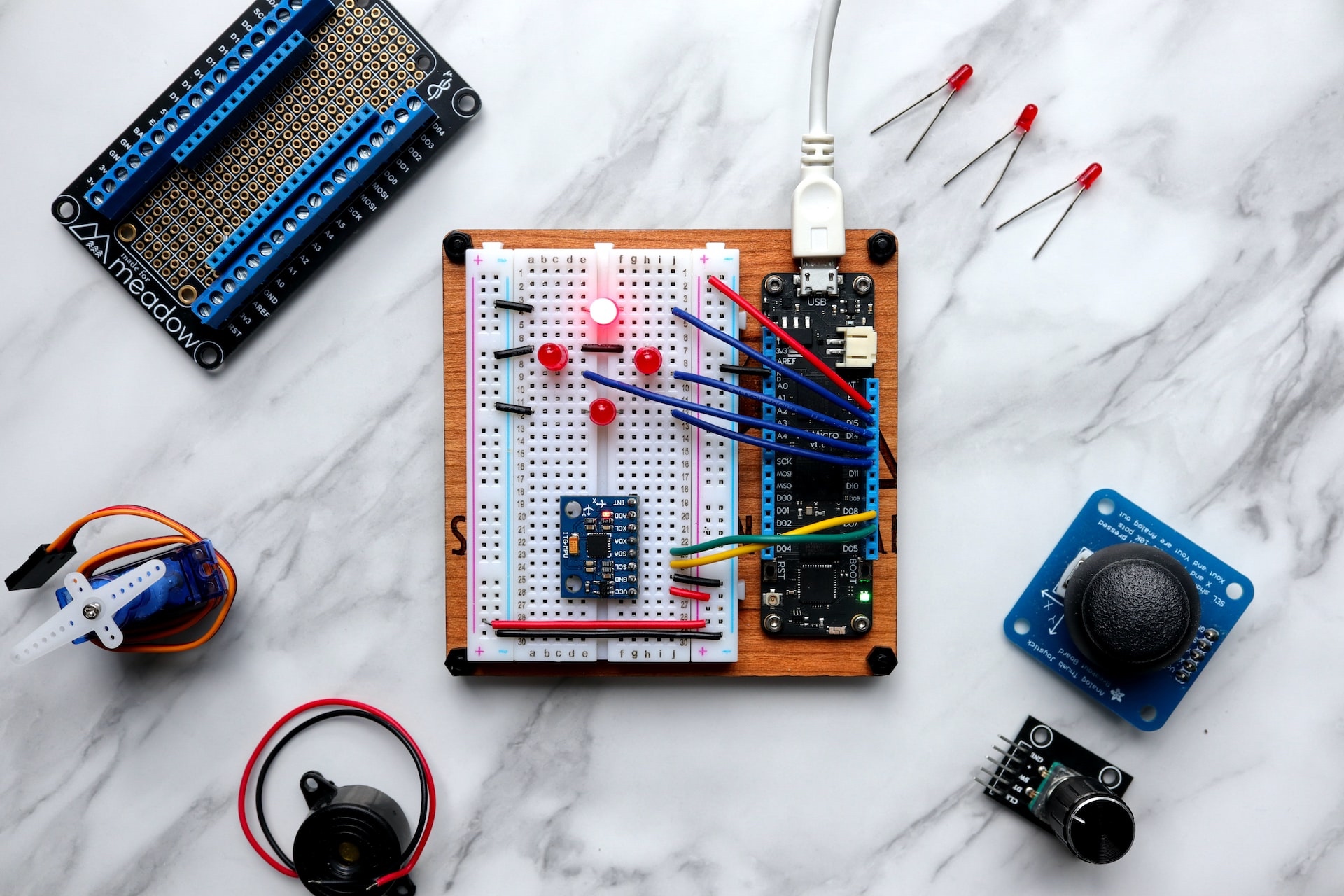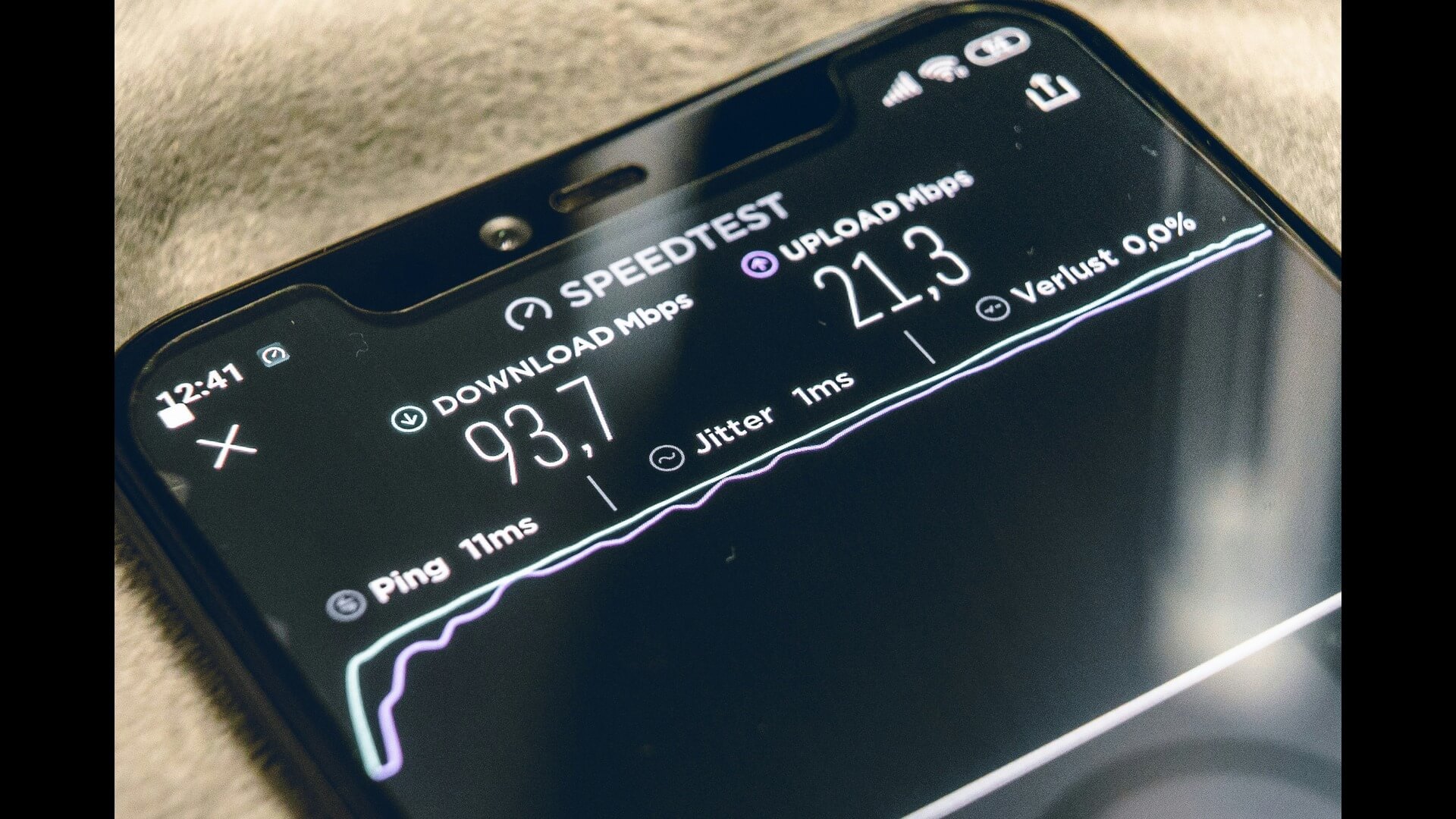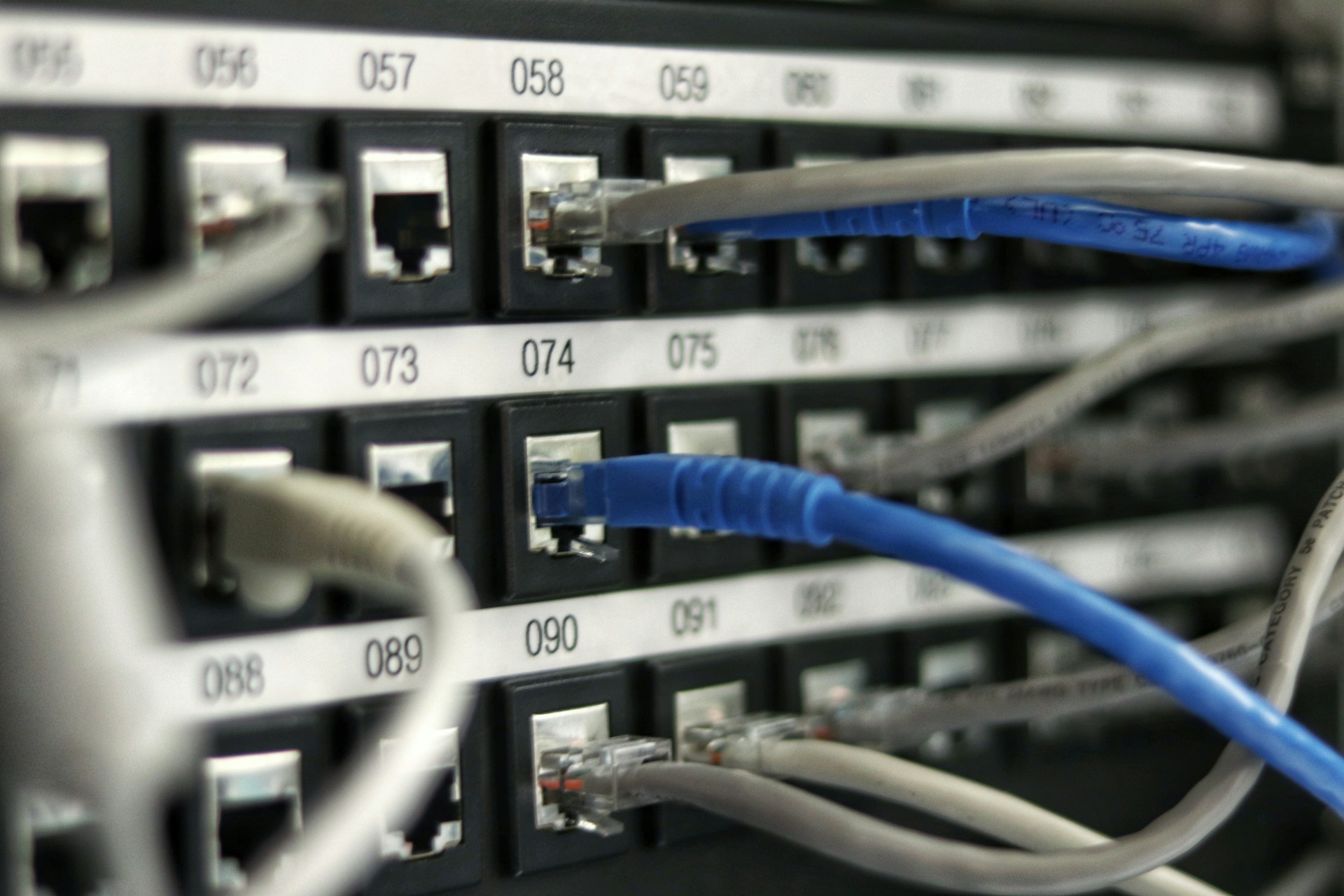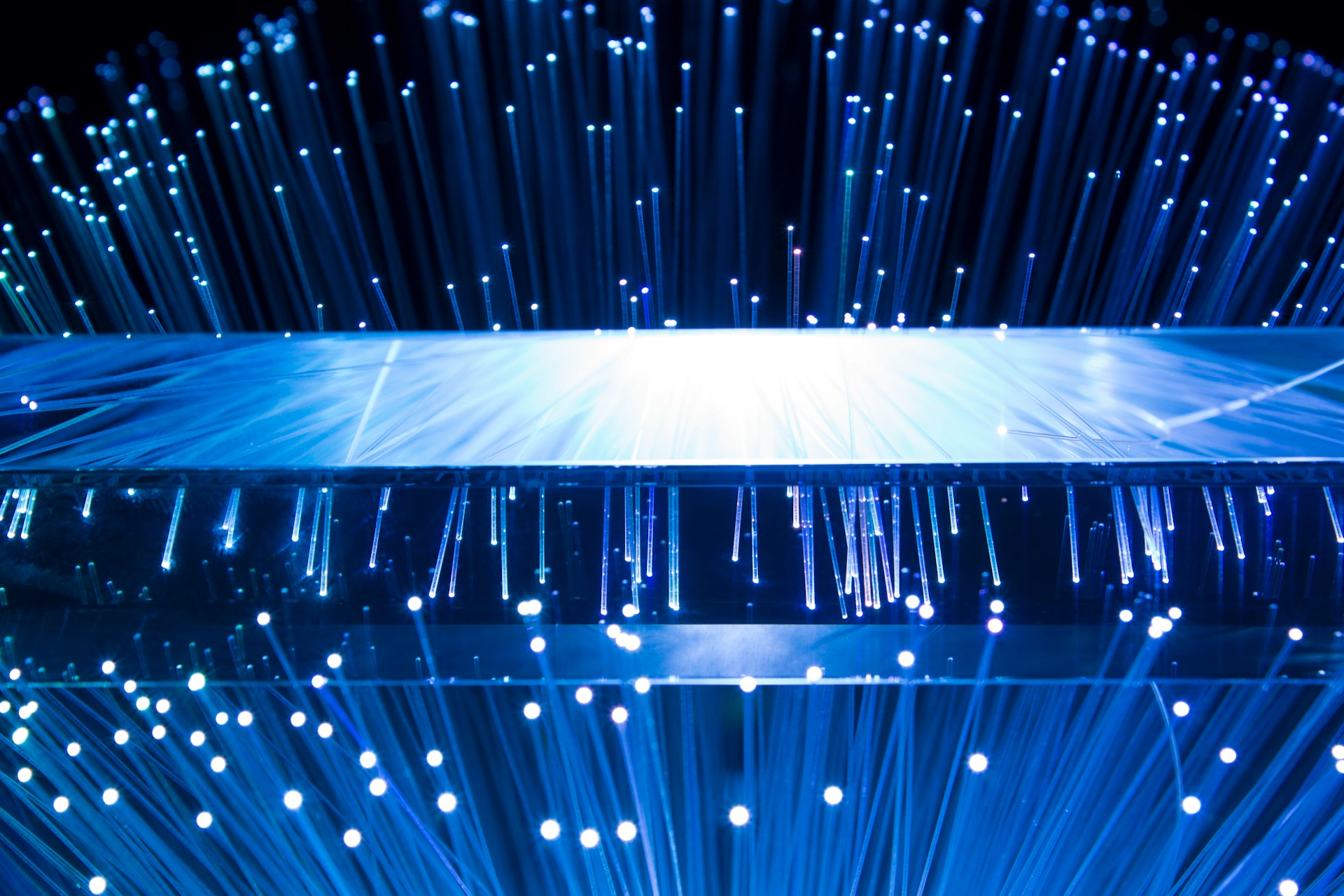
What Is an IoT Sensor and What Are They Used For?
November 24, 2022 - Ellie Gabel
Revolutionized is reader-supported. When you buy through links on our site, we may earn an affiliate commission. Learn more here.
The Internet of Things — IoT — is one of the most consequential technologies to come along in our lifetimes. This is the name for the ever-expanding network of equipment and objects connected to the internet. These nodes exchange data using software, on-board logic processors, wireless technologies like Bluetooth and Wi-Fi and embedded IoT sensors.
So what is an IoT sensor, exactly? They’re often the backbone of public and private IoT networks.
The Internet of Things captures and transmit troves of operational data without much human intervention. These billions of IoT nodes are empowering all-new business models and new ways to collaborate, more proactive maintenance and administration, and bringing more widespread automation closer to reality on factory floors and in distribution plants. Homeowners benefit from various types of IoT sensors, too — the advantages aren’t just for businesses.
Let’s continue by answering the question: What is an IoT sensor?
What Are the Types of IoT Sensors?
The first IoT sensors were developed by researchers at Carnegie Melon University. A team led by David Nichols conceived and built a simple IoT system that would provide them with notice, at a distance, once the last can of Coca-Cola had been purchased from the campus’s nearest vending machine. Although a walkable distance away, the team had grown accustomed to making the journey only to discover their favorite beverage was no longer available.
It’s a first-world problem that ushered in a gigantic new industry. Today, the IoT market is growing at a rapid clip and approaching a value of $2.4 trillion by 2029.
Because the IoT is useful in so many different industries and applications, you’ll find a wide range of sensors monitoring different types of data. Below are just a few of the more common types of IoT sensors:
- Temperature sensors
- Pressure sensors
- Proximity sensors
- Vibration sensors
- Optical sensors
- Water quality sensors
- Gas sensors
- Chemical sensors
- Infrared sensors
- Acceleration sensors
- Gyroscopic sensors
- Humidity sensors
- Smoke sensors
These technologies are better understood through practical examples. So what are some industries and environments where IoT sensors provide insight and added value?
Where Are IoT Sensors Used?
There are abundant bottlenecks and pain points throughout modern industry that IoT sensors are uniquely qualified to answer. Many industries are struggling with labor shortages and turning to productivity- and efficiency-boosting technologies to supplement human labor.
Other industries have simply never had adequate opportunities to gather granular data from their multitudes of separate processes before. For example — warehouses and assembly lines present major untapped potential for gathering machine and process data. Entire factory floors could work more safely and synchronously with the right sensor emplacement monitoring product throughout on conveyors, or warning purchasing agents automatically when order-picking locations run low on critical inventory.
Below are just some of the industries where IoT technology, and especially sensors, are making major improvements in resource management, effectiveness, and productivity. Don’t be surprised if professionals in just about every industry on earth eventually make use of IoT sensors in some way. As they’re miniaturized and prices become more accessible, expect to find these useful components almost everywhere.
Agriculture
Farmers are making more widespread use of technology today than ever. Temperature sensors provide insight into soil and crop health. Humidity sensors in fields or greenhouses indicate when moisture levels are low and aid farmers in using only the required amount of water. Even airflow sensors can provide insight into crop health and the effectiveness of planting layouts.
Water, Power, and Infrastructure
Public, semi-public, and private utility companies require the latest technologies to oversee water treatment and delivery, oil and gas extraction, and home energy delivery safely. Water management is particularly wasteful, due to an estimated $2.8 billion in losses per year due to leaks. IoT systems provide immediate warning of pressure drops, allowing engineers advance warning to carry out repairs before major losses.
Homeowners have access to similar technology to help them monitor for leaks and wasteful usage patterns.
Health Care and In-Home Care
The health care and home care industries are learning to care for a growing elderly population with limited resources and labor shortages. IoT sensors can automatically monitor remote patients for blood pressure, body temperature, heart rate, falls, and other vitals signs to facilitate faster and more successful treatment interventions.
General consumers have access to IoT-based, health-boosting wearable technology like smart watches, some of which can securely and wirelessly share data with physicians.
Manufacturing
Various sensors throughout manufacturing environments monitor sensitive fabrication processes — such as temperature, humidity, and pressure sensors.
Acceleration sensors and crush sensors aid in product testing to ensure the final design can withstand shipping, for example.
Manufacturing equipment itself benefits from embedded IoT sensors because they provide ongoing insight into machine health and advance warnings before breakdowns. Maintenance can be preventive and predictive rather than scheduled, preventive, or reactive.
Fleet and Asset Management
Sensors embedded in fleet vehicles — like delivery trucks, lift trucks, and forklifts — let managers know where these assets are located and how they’re performing at any given time.
IoT sensors can also uncover unsafe operating behaviors and conditions which might lead to product damage, such as aggressive acceleration in company vans, or fluctuations in cooling systems aboard refrigerated trucks.
Energy and Property Management
Using sensors to automatically study and adjust temperature, humidity, and air flow within buildings has the potential to radically transform life in the built environment.
Installing climate-control sensors in buildings could save 70% on energy costs. IoT sensors automatically tailor indoor conditions to suit occupancy, outdoor conditions, and personal preferences.
Understanding the Definition of IoT Sensor
Now that you know the answer to the question, “What is an IoT sensor?”, you’re ready to explore some of the industries mentioned above in greater detail. The world needs lots of talented individuals who understand IoT technology, data analysis, remote monitoring, and many other technologies humanity is coming to depend on.
Whether self-guided or more formal, an education in STEM — Science, Technology, Engineering, and Mathematics — can unlock doors for you and get you exploring some of the most advanced technologies available, including remote sensing, the internet of things, robotics, and process automation. A single innovation driven by a simple question — “How can I stop walking all the way to an empty vending machine every day?” — is sometimes all it takes.
Revolutionized is reader-supported. When you buy through links on our site, we may earn an affiliate commission. Learn more here.
Author
Ellie Gabel
Ellie Gabel is a science writer specializing in astronomy and environmental science and is the Associate Editor of Revolutionized. Ellie's love of science stems from reading Richard Dawkins books and her favorite science magazines as a child, where she fell in love with the experiments included in each edition.







